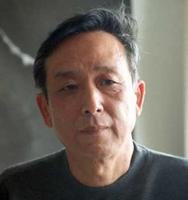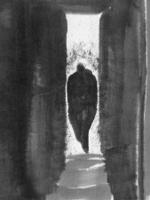
Of late I have not been blogging as frequently as I would like to. The reasons are many. However, I am glad that I could complete my blogging spree for at least one full year. Yes, I have been blogging for a year now):
And I thank all of you who have cared to come here and share a few words with me from time to time, though I never expected to make so many acquaintances through my blog. I have also enjoyed visiting other blogs though I have been very parsimonious about my comments. What you say about what others think about a particular thing is a tricky business, and to avoid misunderstandings, I have often withheld my frank opinion on many occasions. But generally, I have often benefited by the discussions and descriptions of experiences by my fellow bloggers.
Over the past twelve months many things have transpired. Many of my friends who were blogging at the time when I started have bowed out of blogosphere. I started blogging in great earnest, treating it almost as an act of penance, as I was one of the late comers to this exciting world of blogging. And I was shocked when many shut down their blogs. Without going into the intricate details, now I know why they have done so. Blogging can become a tedious exercise especially when you have to blog just because you are supposed to. And if you didn't, when you saw many active bloggers around you going full steam ahead with their blogs, a kind of guilt begins to engulf you.
In this perspective, I have now decided to go a bit slow on blogging. I will blog only when I feel like it. That is the only principle I am going follow now.
Now a little about this past week. Had been very hectic, had some writing assignments to finish, and I have nearly done that. Saw this interesting brief interview of novelist Amitav Ghosh on Channel News Asia. He gave (to the viewers) his perspective on how fiction can be created in a location like Singapore. He mostly talked about his novels and the stories behind their creation.
Watched some movies: Tom Tykwer's Heaven (very good; stylishly shot) and the Hollywood classic, Stagecoach. It is said that Orson Welles, before making Citizen Kane, watched this classic nearly forty times! Also watched Lawrence of Arabia for the second time. I was again blown away by this epic movie.
Spent my Sunday in Pulao Ubin, a beautiful little island of Singapore. Cycling, food, and a view of the sea. A memorable experience!





